Graphic design has become an essential tool for bloggers seeking to elevate their online presence and captivate audiences. Originally, blogging was primarily about sharing thoughts and stories, but as the digital landscape evolved, so did the need for visually engaging content. Nowadays, the possibilities for graphic design in blogging are endless. The right design elements not only enhance the aesthetic appeal of a blog but also help to convey brand identity and message. While the concept may initially appear daunting or overly complex, in truth, it is both accessible and rewarding--and currently, it's more crucial than ever in the realm of content creation. Enhance your blogging journey with the following graphic design strategies and watch your platform thrive.
Visual Content Strategy
Establishing a robust visual content strategy is crucial for bloggers aiming to captivate their audiences and effectively convey their unique voice and message. Bloggers should prioritize consistency in visual themes, ensuring that color palettes, typography, and imagery align with the blog's overall brand identity and aesthetic values. High-quality, original visual content, such as infographics, photography, and custom illustrations, should be leveraged to enhance storytelling, provide added value, and improve user engagement by making complex information more digestible and shareable. Continual analysis of audience preferences and emerging design trends will further allow bloggers to iterate their visual content approach, ensuring it remains relevant and resonates with evolving audience expectations and interests.
Blog Aesthetic Design
Blog aesthetic design is pivotal for bloggers who aim to create an engaging and cohesive visual identity that attracts and retains readers. The choice of colors, fonts, and overall layout should reflect the blogger's personal style and the blog's theme, ensuring a memorable first impression that encourages visitors to explore further. Every element, from the header to the footer, must be strategically placed to enhance readability and user experience while maintaining a consistent look that aligns with the brand's voice and message. Visuals such as graphics, photos, and decorative elements are essential in capturing attention and breaking up text, serving to guide the reader's eye across content seamlessly without overwhelming them.
Custom Graphic Elements
Creating custom graphic elements is essential for bloggers aiming to establish a unique brand identity and engage their audience visually. Tailored illustrations, icons, and typography, crafted with precision, elevate the aesthetic appeal of a blog, distinguishing it from the plethora of templated designs available online. Through the consistent use of personalized color schemes, patterns, and motifs, bloggers can emote the desired tone, from playful and vibrant to minimalist and sophisticated. Moreover, such graphic customization facilitates the integration of interactive elements, such as clickable infographics and animated visuals, compelling readers to not only consume content but also interact and share it, thereby enhancing both reach and influence in the digital landscape.
Typography Choices
Typography choices play a pivotal role in shaping a blog's visual identity and enhancing user engagement. Selecting the right typeface involves understanding the personality and values the blog aims to convey, as serif fonts often suggest tradition and reliability while sans-serif fonts exude modernity and simplicity. The hierarchy of text is crucial; headlines should be bold and attention-grabbing, making use of larger sizes and weightier strokes, whereas body text must ensure readability with appropriate leading (line spacing) and kerning (spacing between letters) to avoid reader fatigue, especially on small screens. It's essential to maintain consistency in typography across the blog to establish a cohesive aesthetic; adopting a limited palette of typefaces--typically one for headings and another for body text--while paying close attention to contrast, alignment, and white space can dramatically enhance the overall readability and impact of the content.
Brand Color Palette
A brand color palette is an essential aspect of graphic design for bloggers, as it serves as the visual essence and identity of their content and online presence. Carefully selected colors can evoke specific emotions and help convey the blogger's message more effectively to their target audience. For instance, a minimalist blog may opt for muted tones or monochromatic schemes to reflect simplicity and focus, while a lifestyle blog might choose vibrant and dynamic colors to convey energy and enthusiasm. Consistency in using the chosen palette across all blog elements, including the website, logo, social media, and promotional materials, ensures that the branding is recognizable and helps in building a loyal following.
Social Media Graphics
Graphic design plays a crucial role for bloggers aiming to captivate and grow their social media audiences. Using visual storytelling techniques, bloggers can craft graphics that align with their brand identity, which is essential for consistency and recognizability across different platforms like Instagram, Pinterest, or Twitter. The strategic use of color theory, typography, and composition can significantly enhance user engagement by making posts more appealing amidst the daily deluge of content. An understanding of platform-specific dimensions and preferences optimizes graphics for clarity and impact, ensuring that each element from call-to-action buttons to background imagery performs effectively in concert to drive interaction and shareability.
Header Image Design
Header image design is crucial for bloggers seeking to establish a strong brand identity and captivate their audience at first glance. A well-crafted header should encapsulate the essence of the blog's niche, utilizing color schemes and typography that harmonize with the overall aesthetic of the website while still maintaining readability and visual hierarchy. Element placement is key; for instance, integrating the blog's name with illustrative elements that reflect its content can create a cohesive look that is both inviting and informative. High-quality images or graphic illustrations can enhance the header's appeal, drawing readers in and encouraging them to stay longer, thus increasing engagement metrics and brand memorability.
Blog Post Infographics
Graphic design for bloggers, particularly through blog post infographics, plays a critical role in enhancing reader engagement and comprehension by providing visual summaries and interactive points of connection within textual content. Infographics distill complex information and data into visually appealing and easily digestible pieces, which aid in breaking down lengthy articles into accessible sections that readers can quickly understand and retain. Skilled use of color schemes, typography, icons, and layouts within these infographics ensures they are not only informative but also aesthetically aligned with the blog's brand identity, reinforcing the reader's experience through consistency and professionalism. Incorporating infographics strategically within blog posts not only improves SEO by increasing dwell time and social shares due to their appealing nature but also serves to direct readers' focus, guiding them through narratives with greater clarity and impact.
Logo and Branding
Graphic design is crucial for bloggers, particularly when it comes to logo and branding, which serve as the visual identity of their online presence. A logo acts as the concise representation of the blog's mission, themes, and stylistic ethos, often tapping into color theory to evoke specific emotions aligned with the blog's content. Effective branding goes beyond the logo, incorporating a consistent visual and thematic language across various media platforms, such as customized font styles, color palettes, and graphical elements like icons and patterns to establish a cohesive and memorable online persona. Additionally, thoughtful branding helps in creating a strong narrative around the blog, enriching reader experience by fostering familiarity and trust, ultimately enhancing the blog's reach and engagement with its target audience.
Layout Consistency
In blog design, maintaining layout consistency is pivotal for ensuring an engaging and professional appearance that enhances readability and audience retention. Elements such as margins, fonts, color schemes, and spacing must be harmoniously aligned across all pages and posts to establish a visually coherent framework that allows content to shine. Consistent use of headers, subheaders, and typography not only guides the reader's eye smoothly through the narrative but also reinforces brand identity by creating a seamless flow that mirrors the blogger's voice and message. Additionally, a consistent grid system and alignment help in organizing visual elements and negative space effectively, providing balance and fostering an intuitive experience that encourages visitors to explore the blog further and return for future updates.






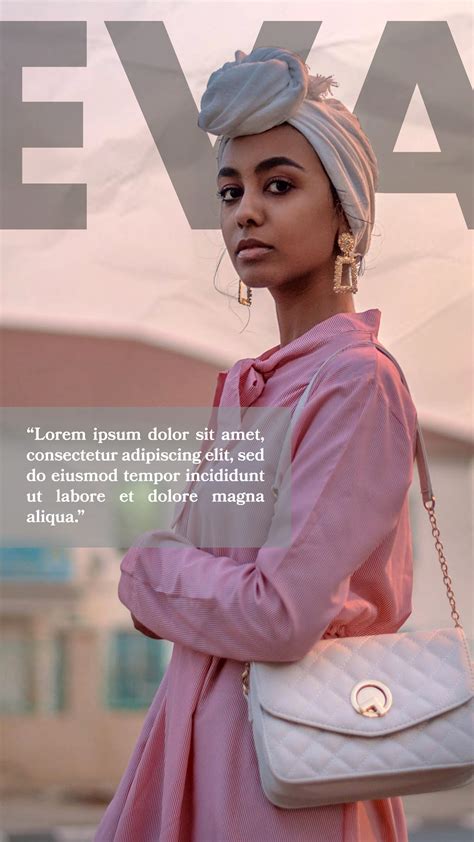
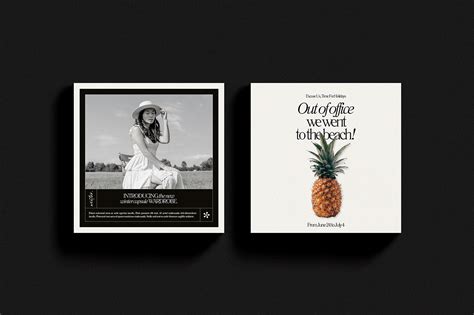
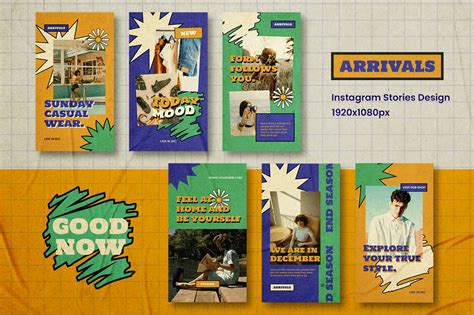
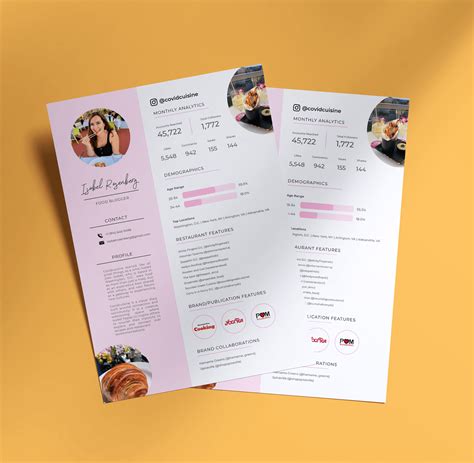
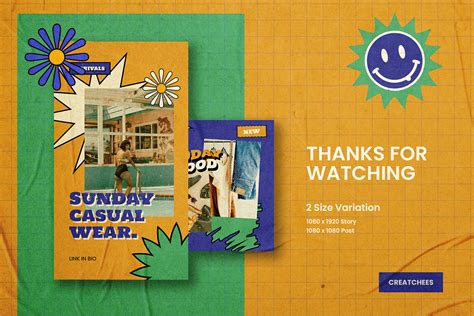
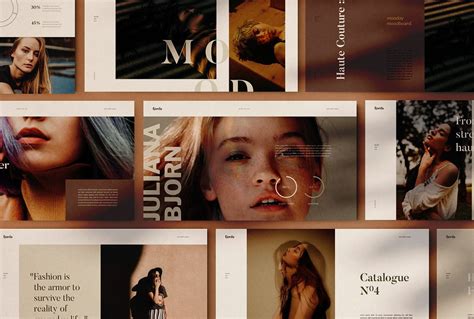
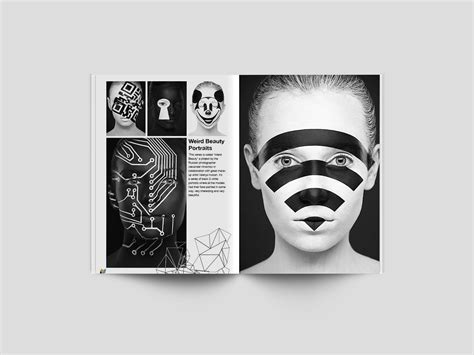
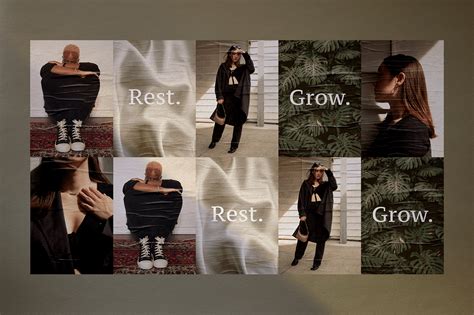
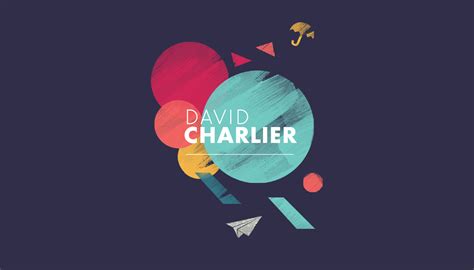
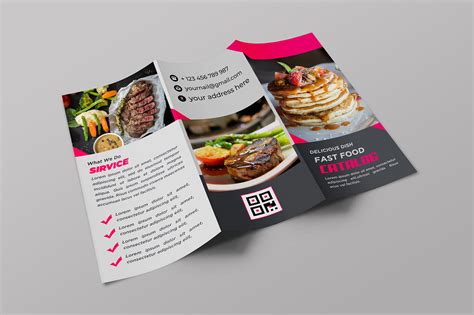

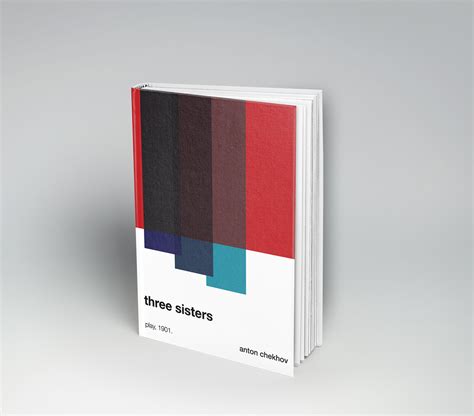

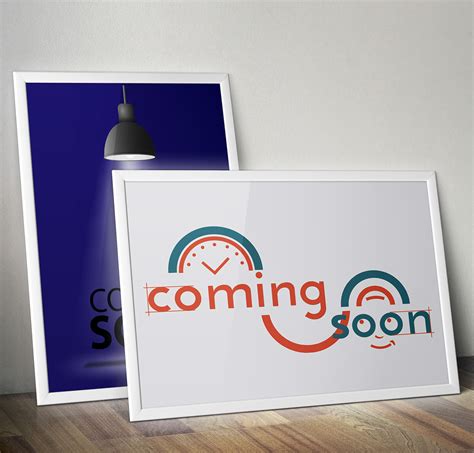
Leave a Reply
Your email address will not be published.